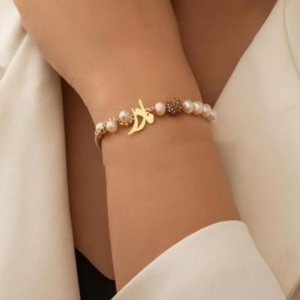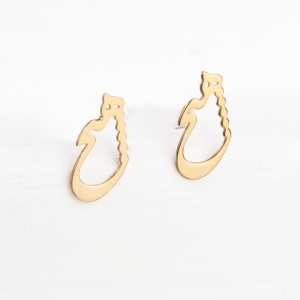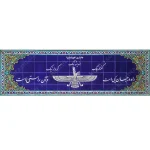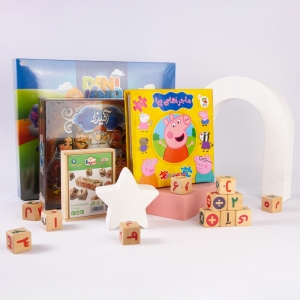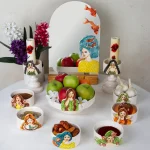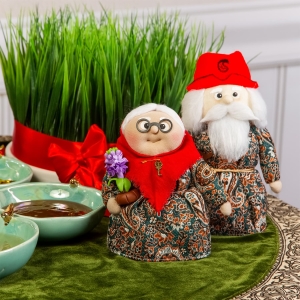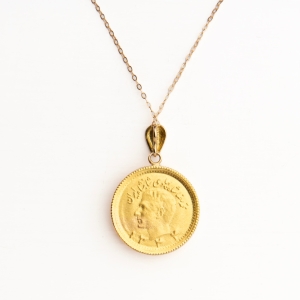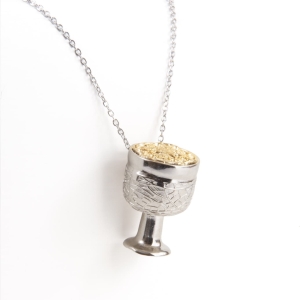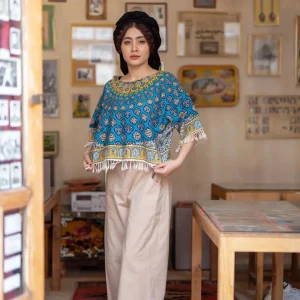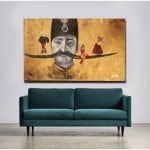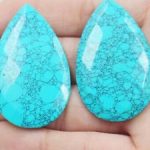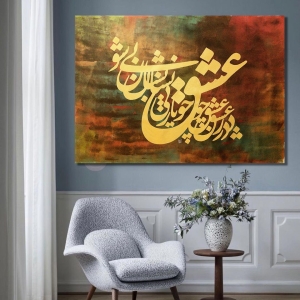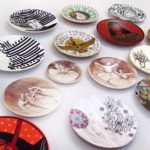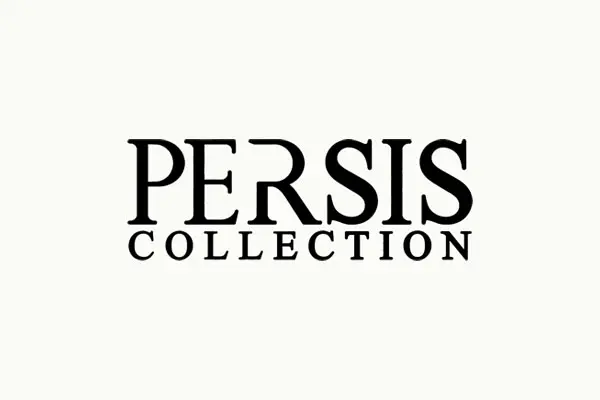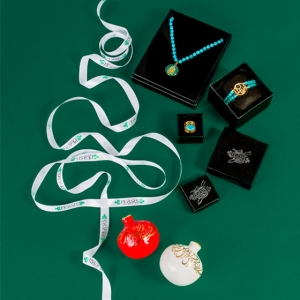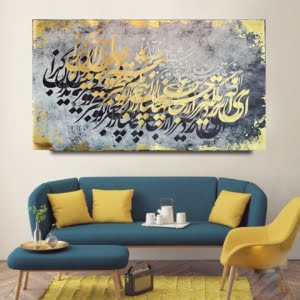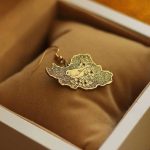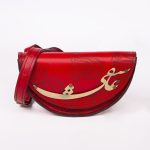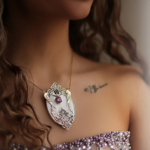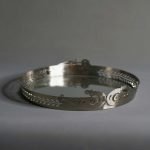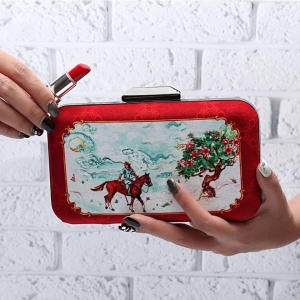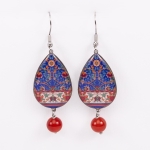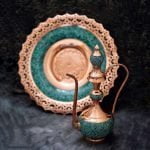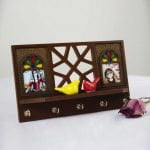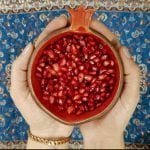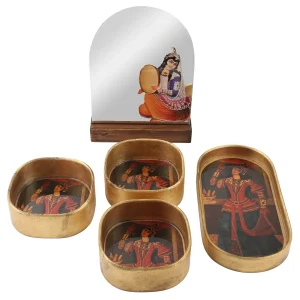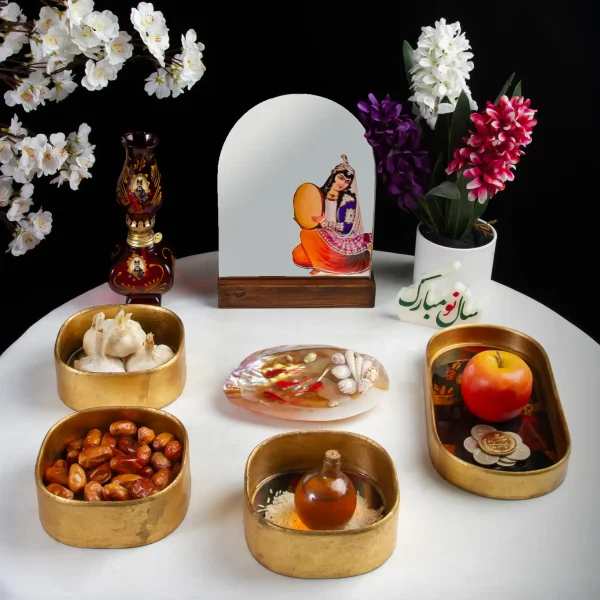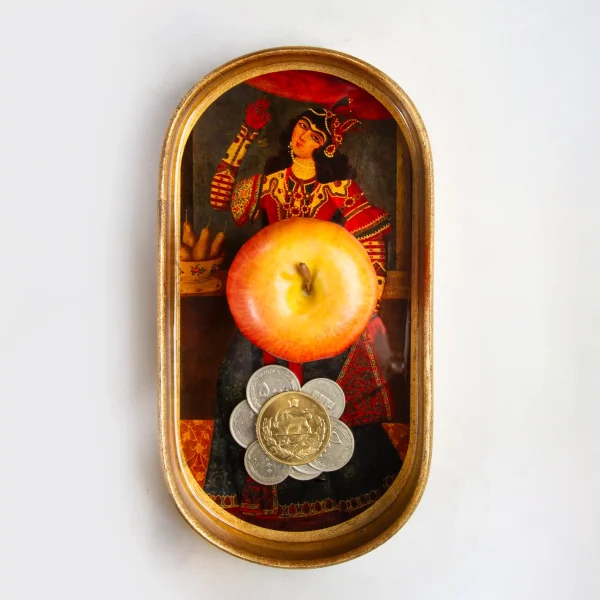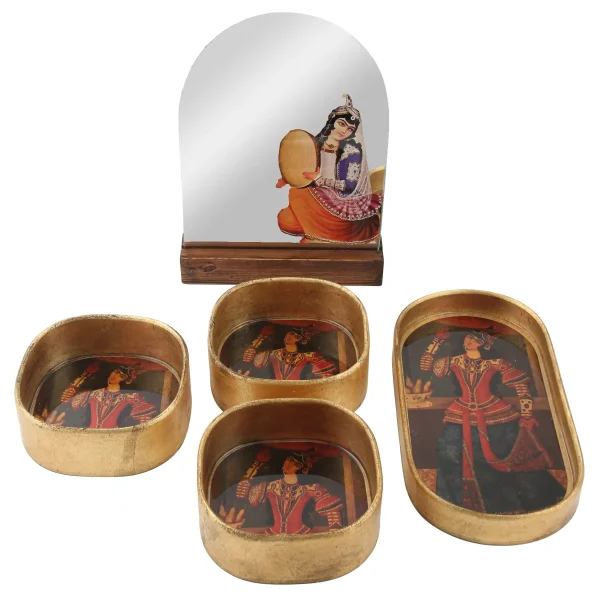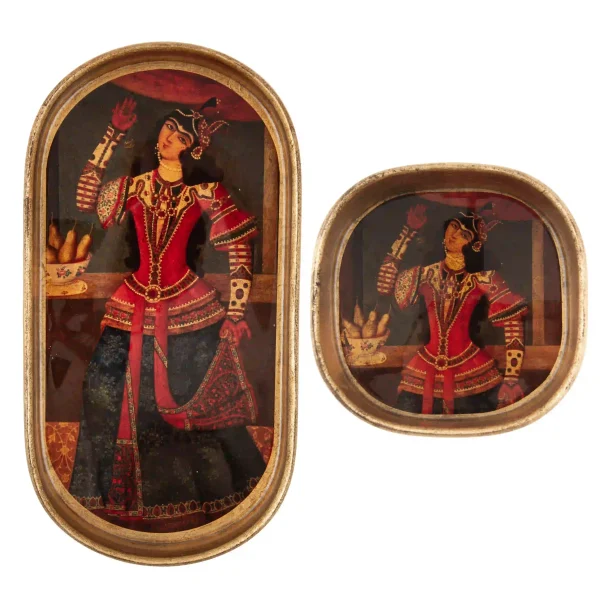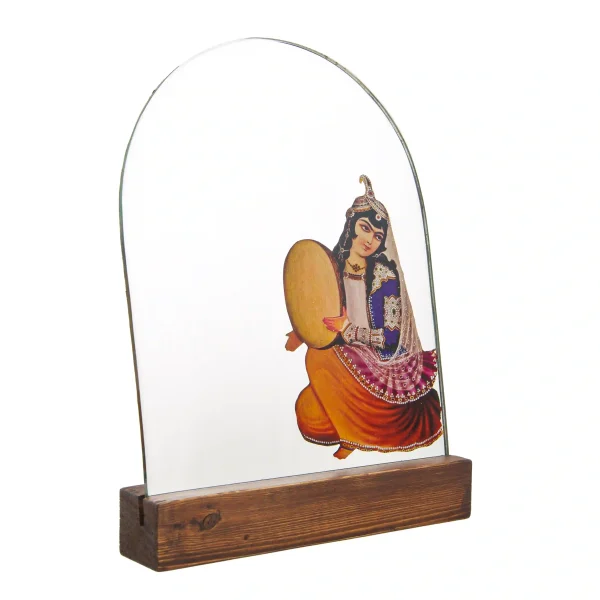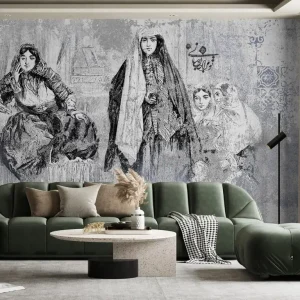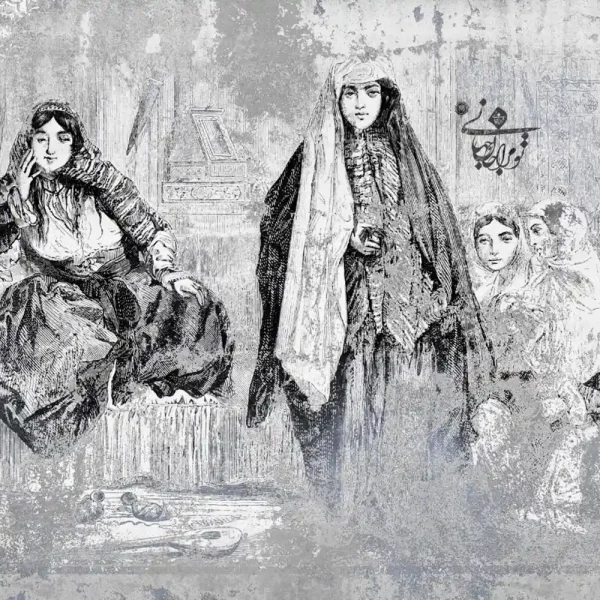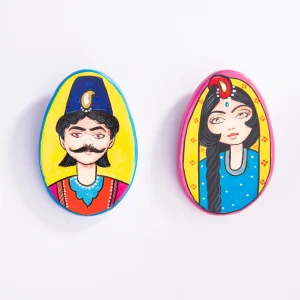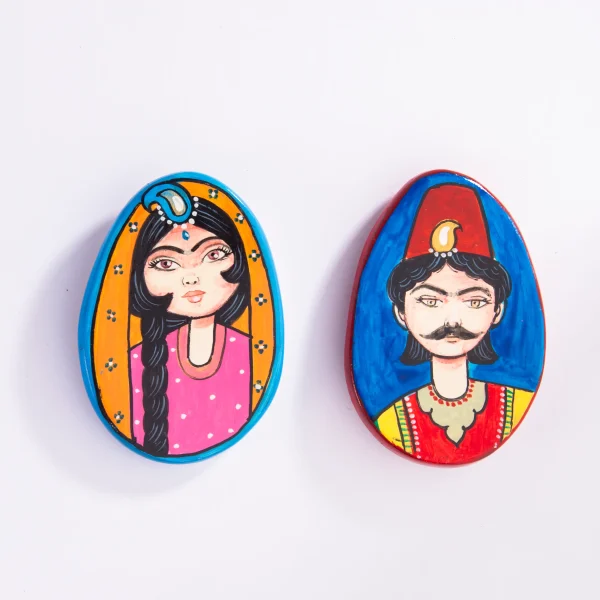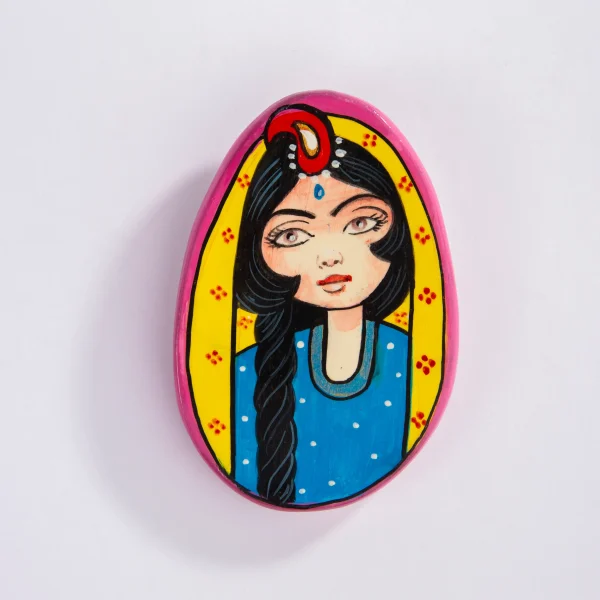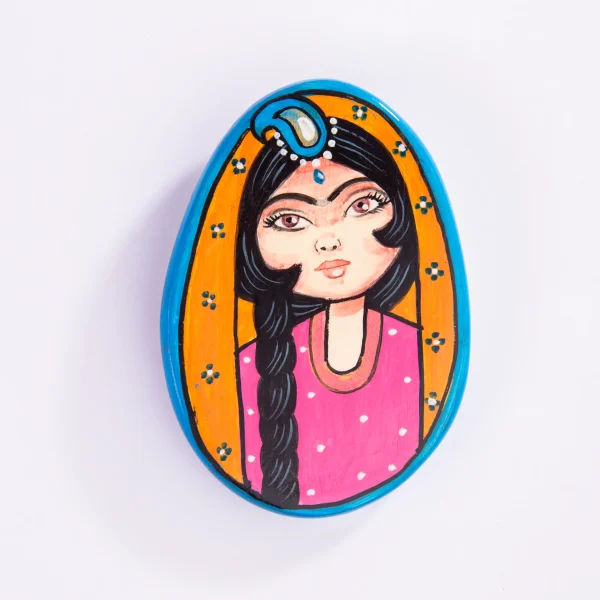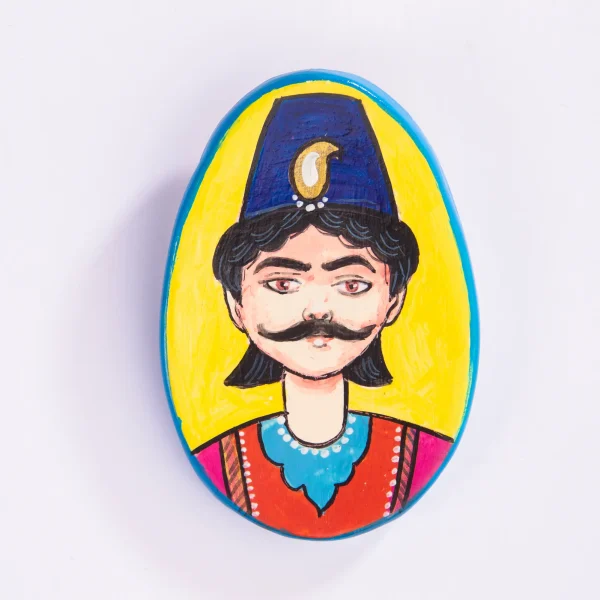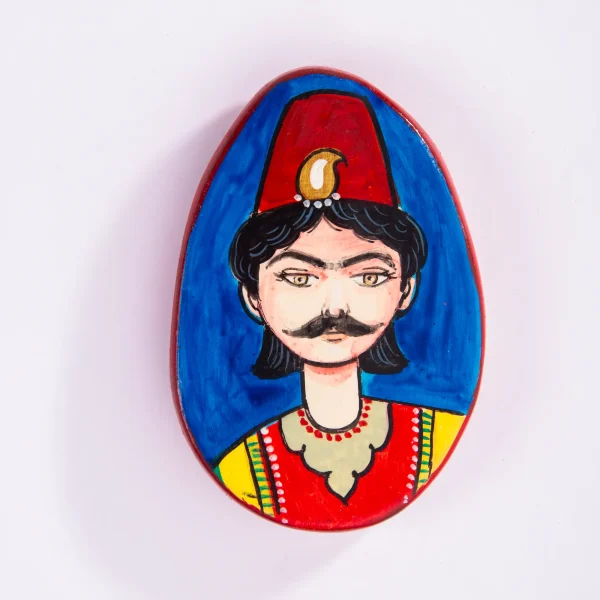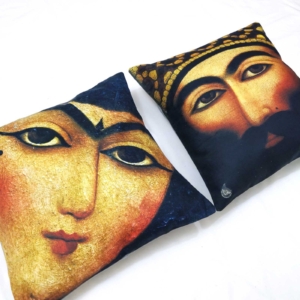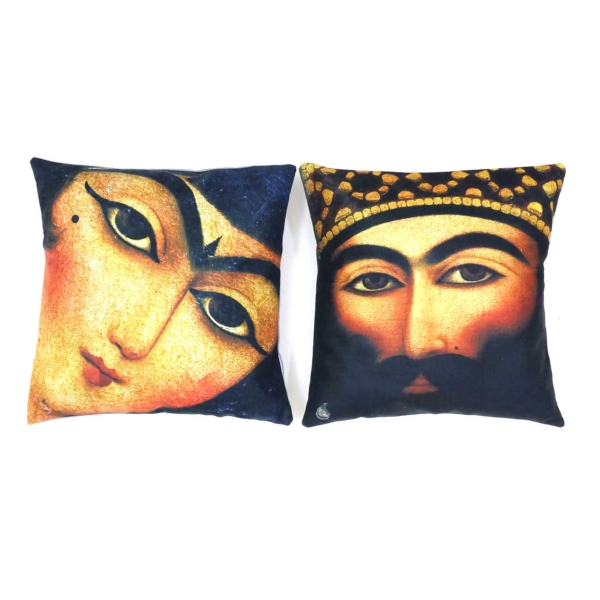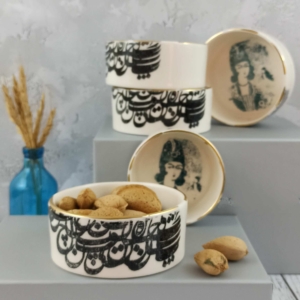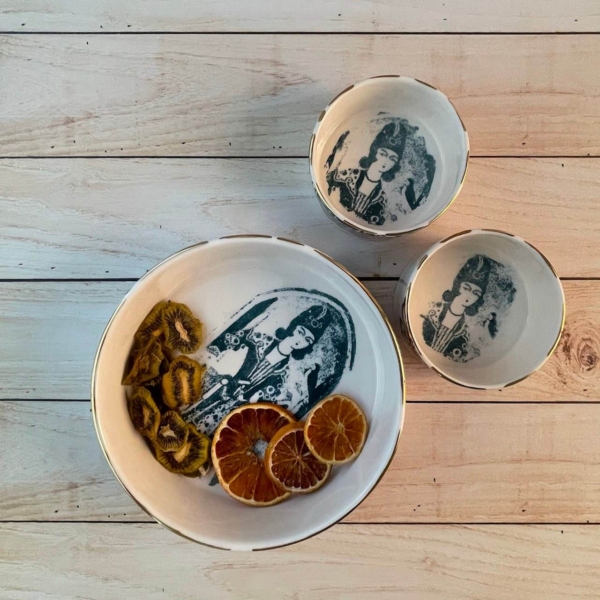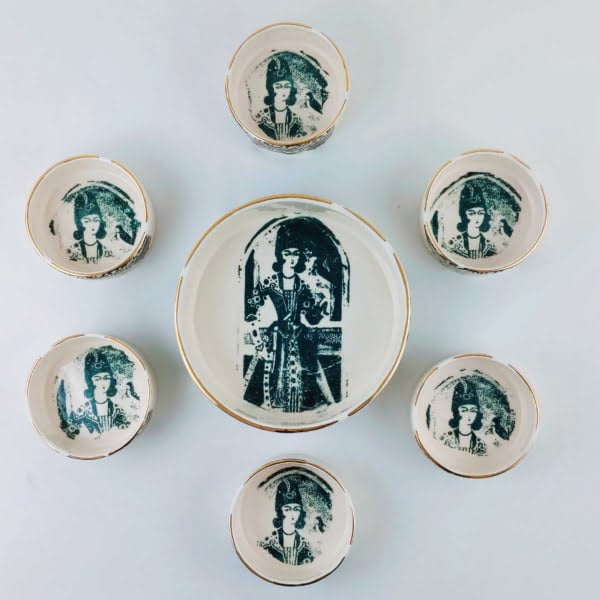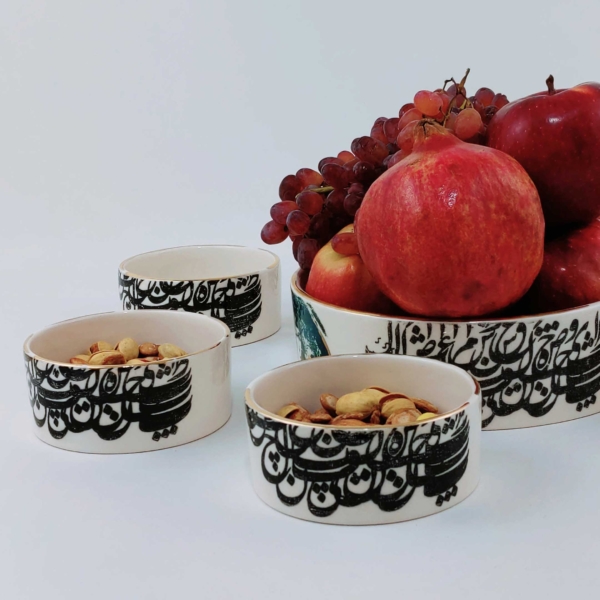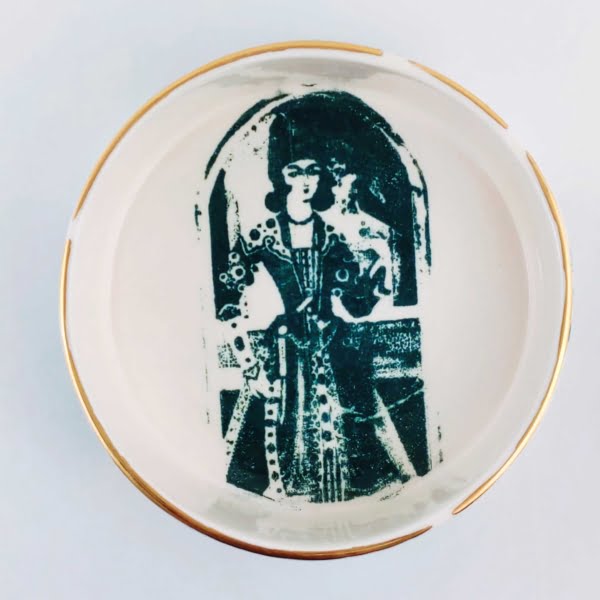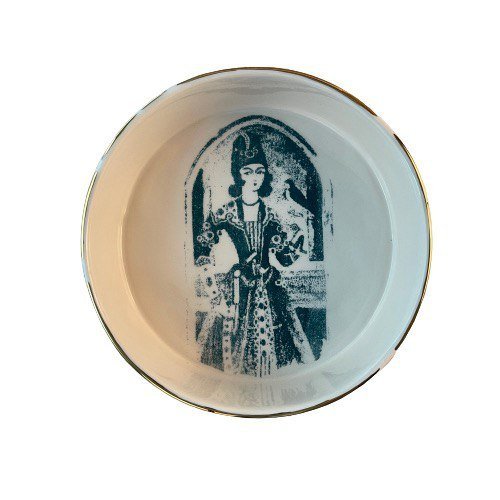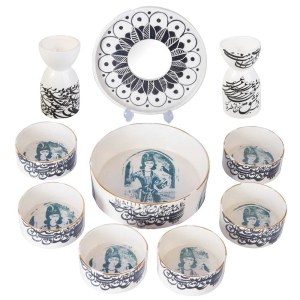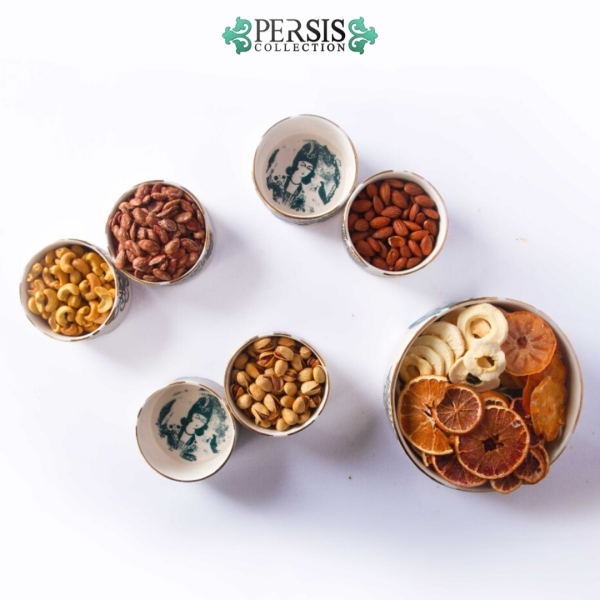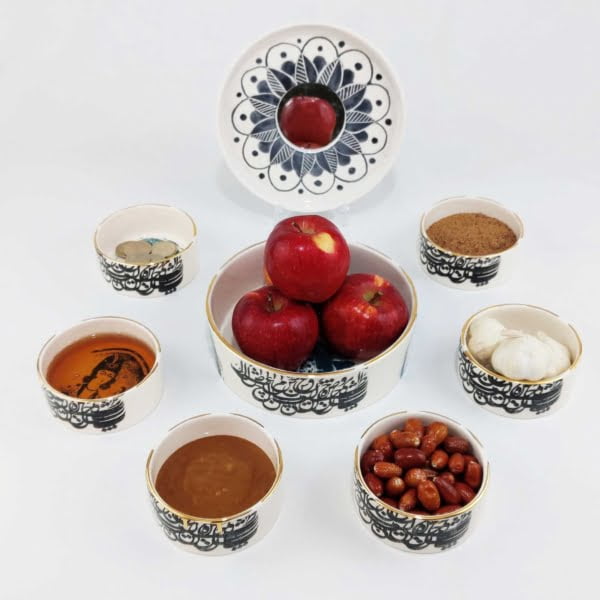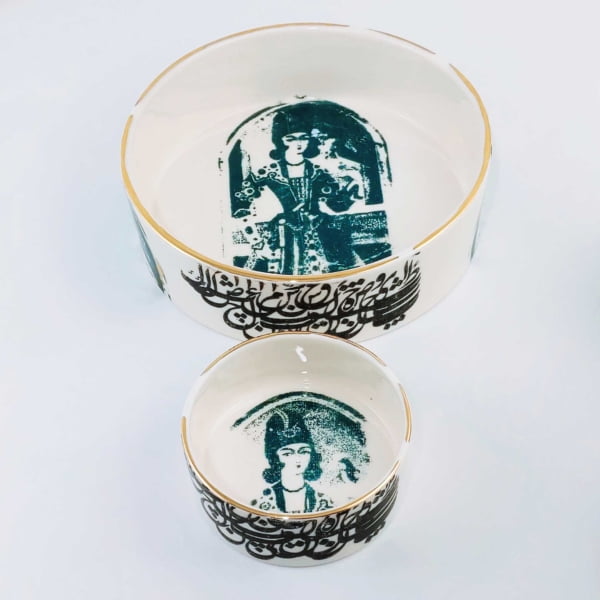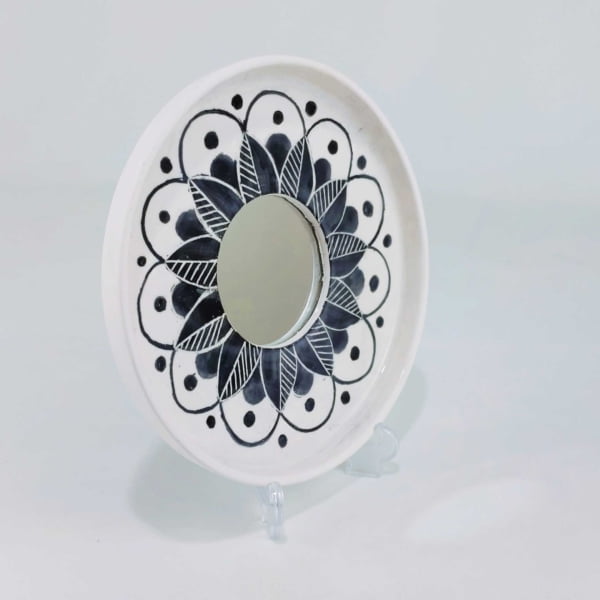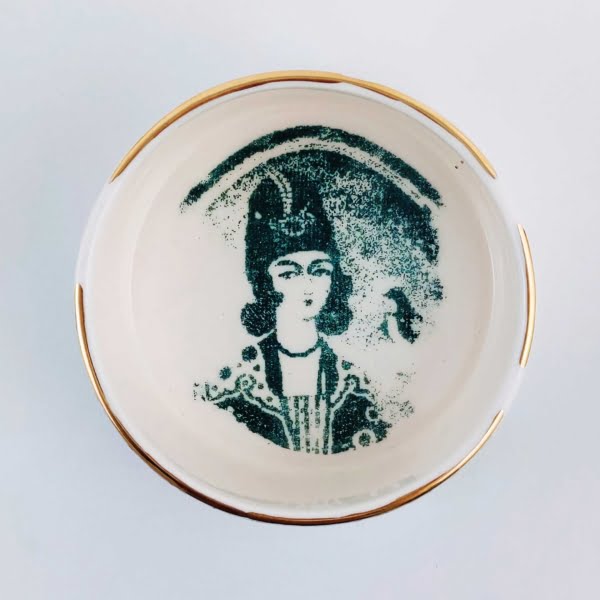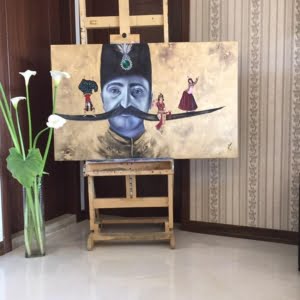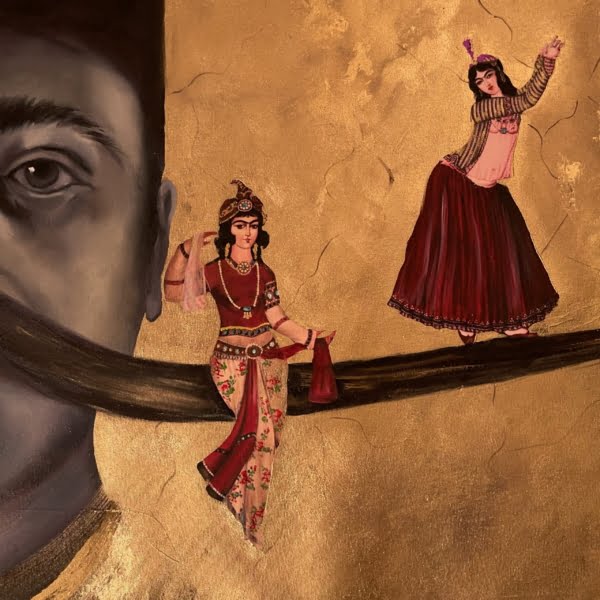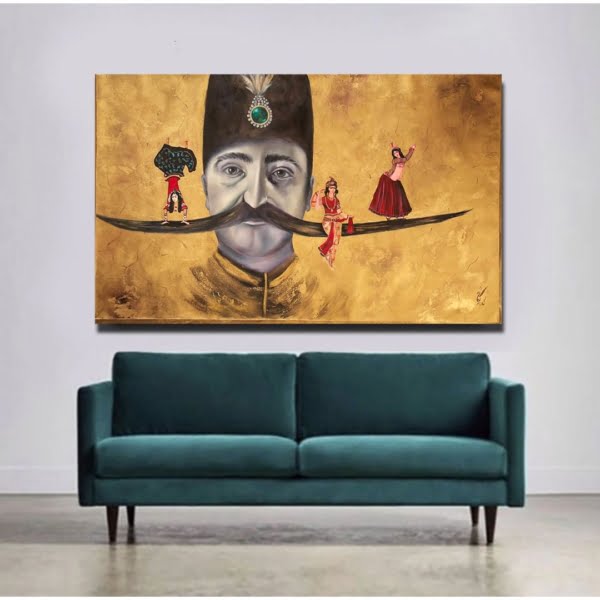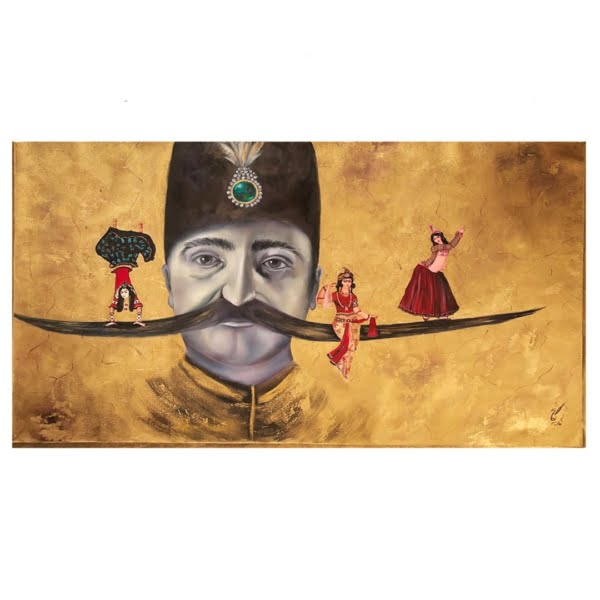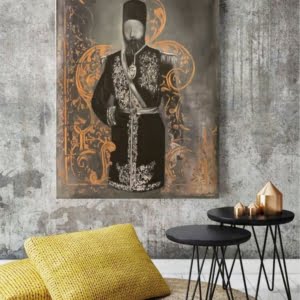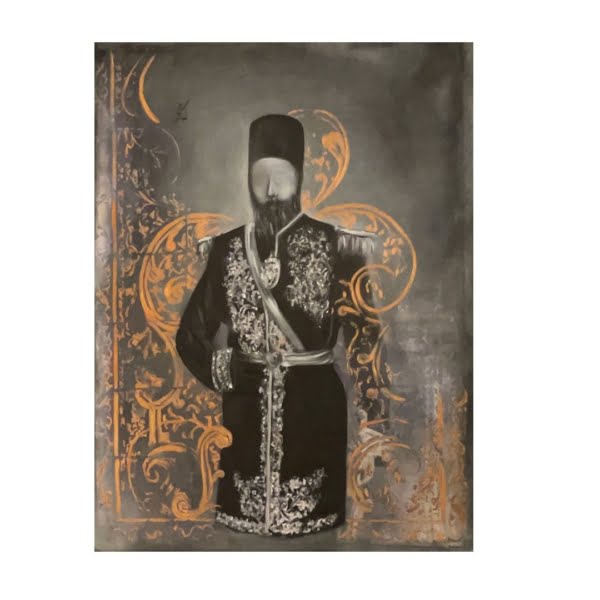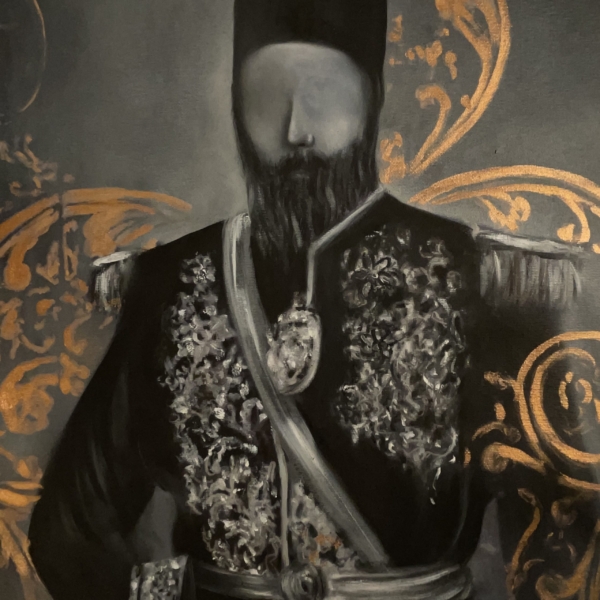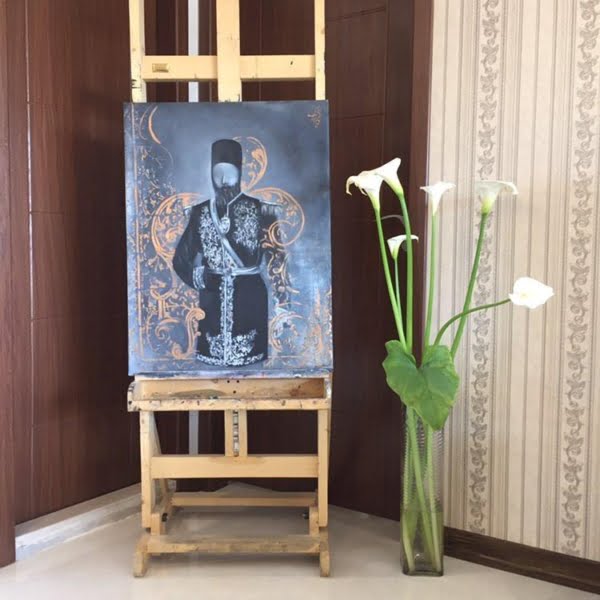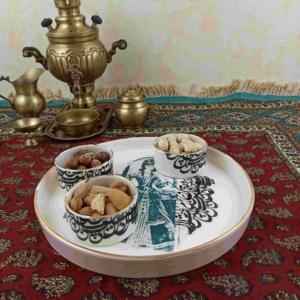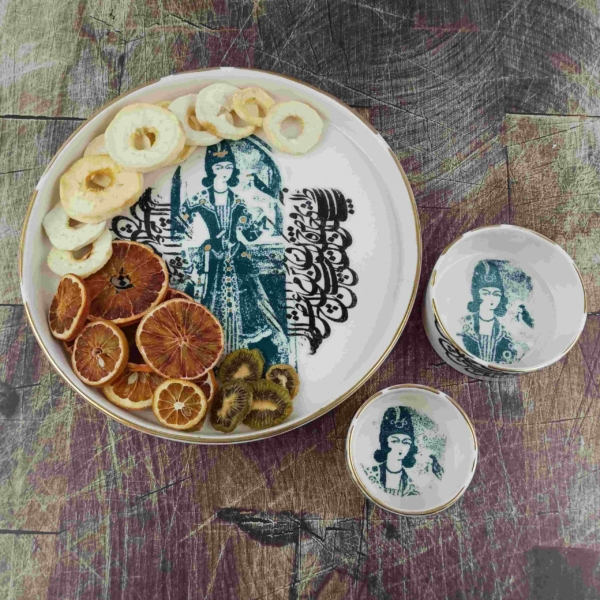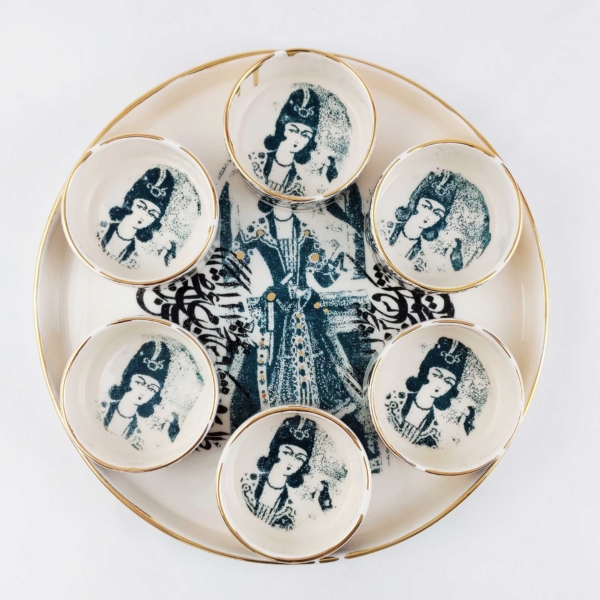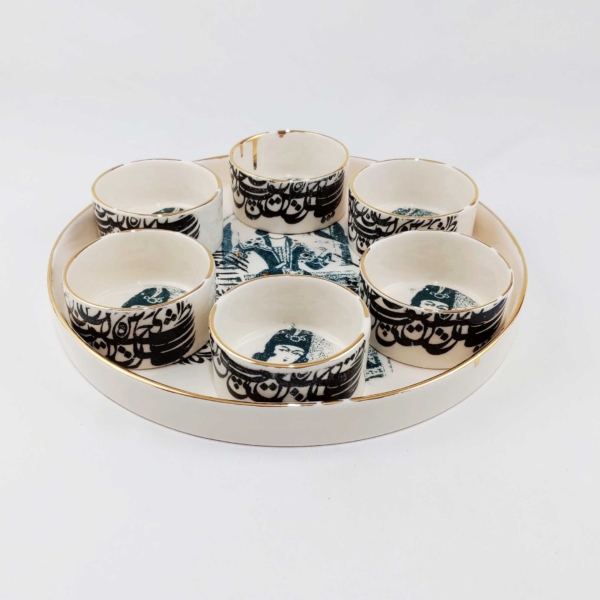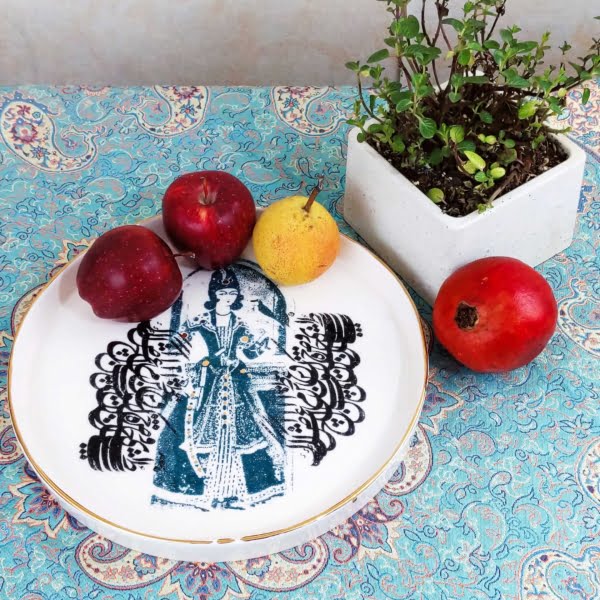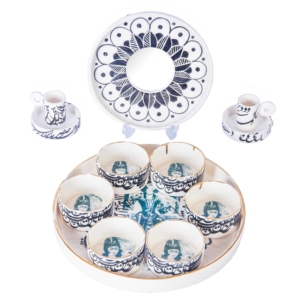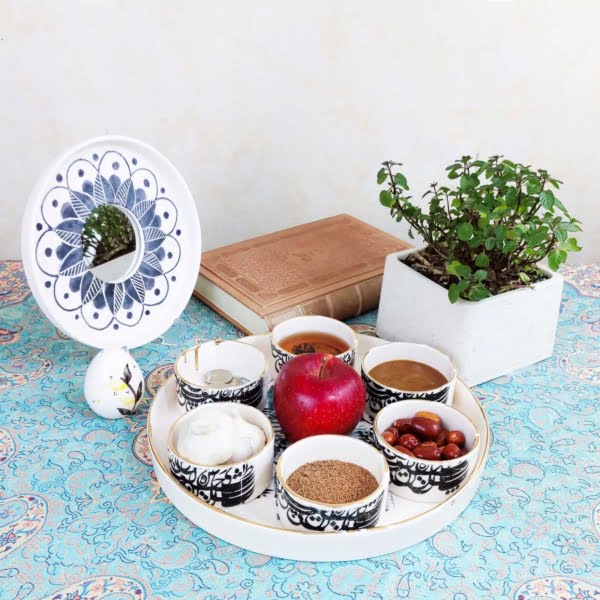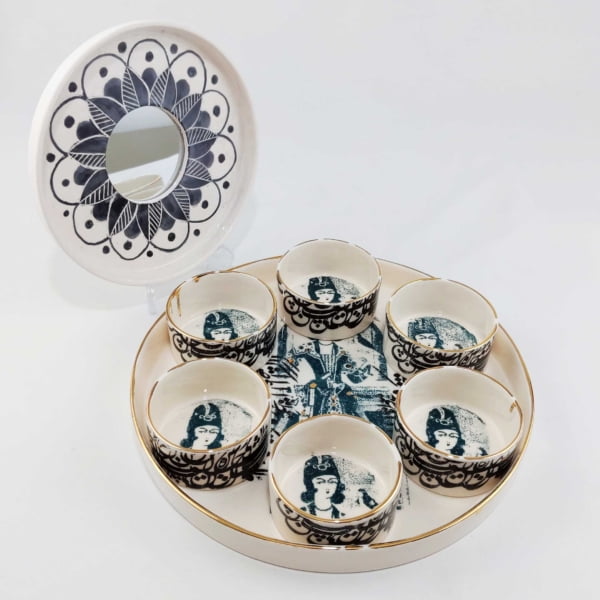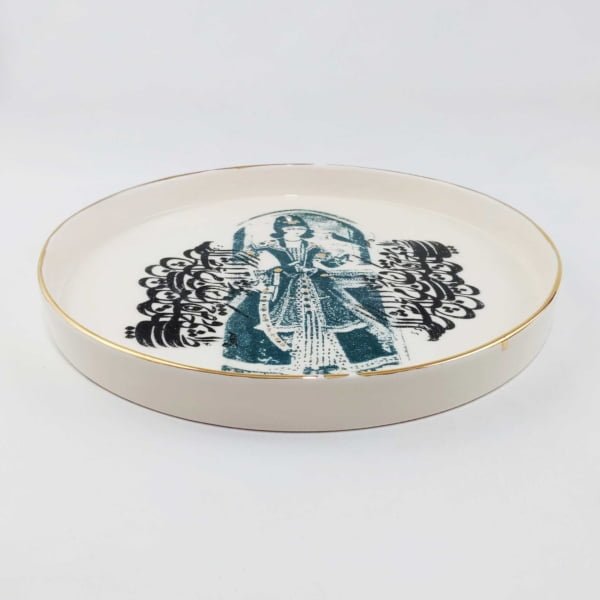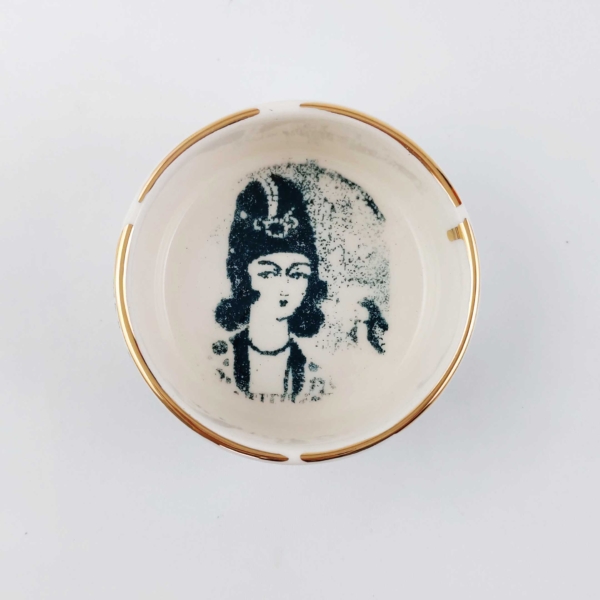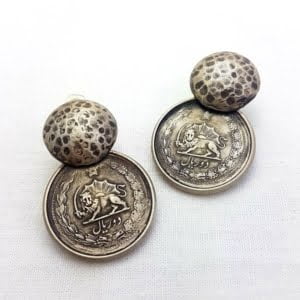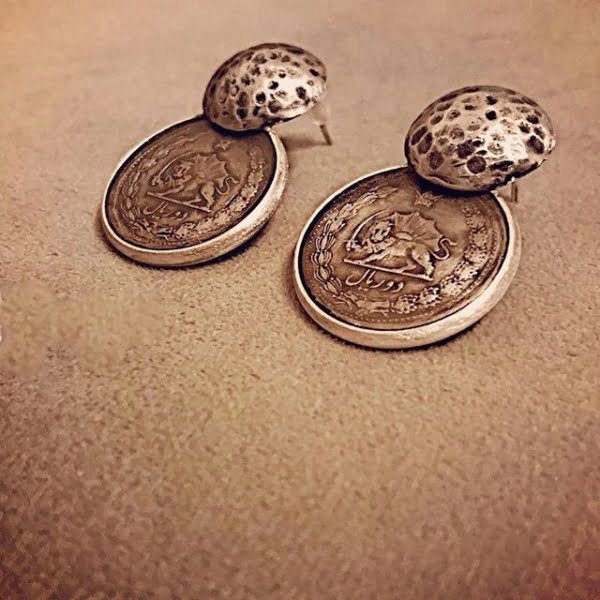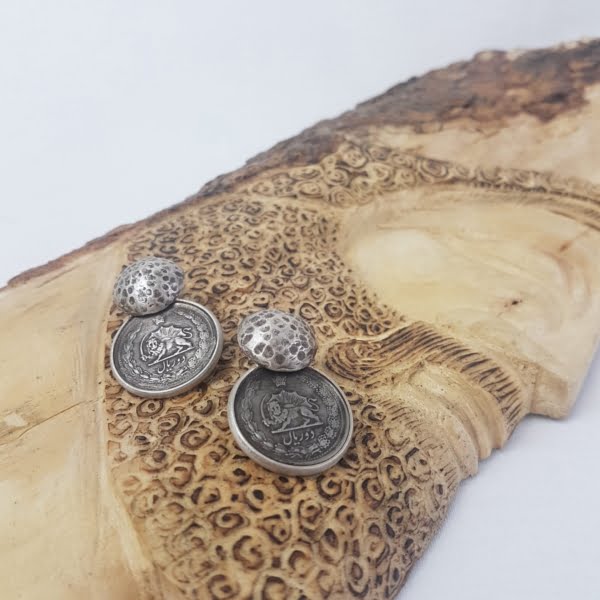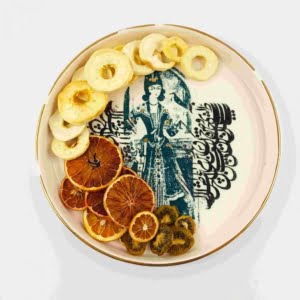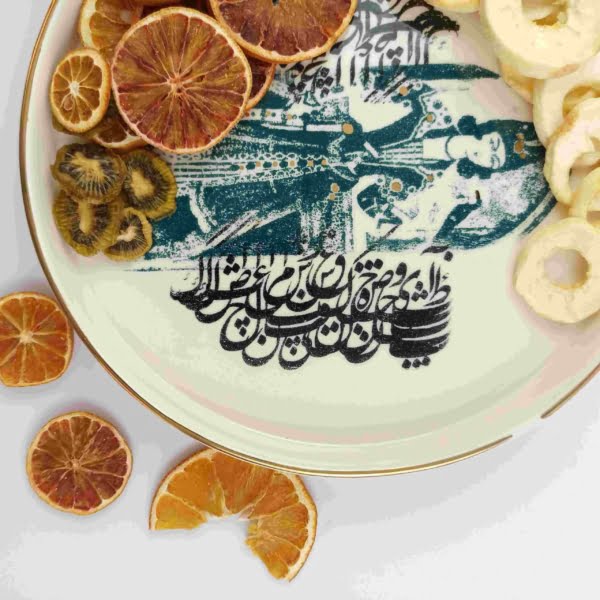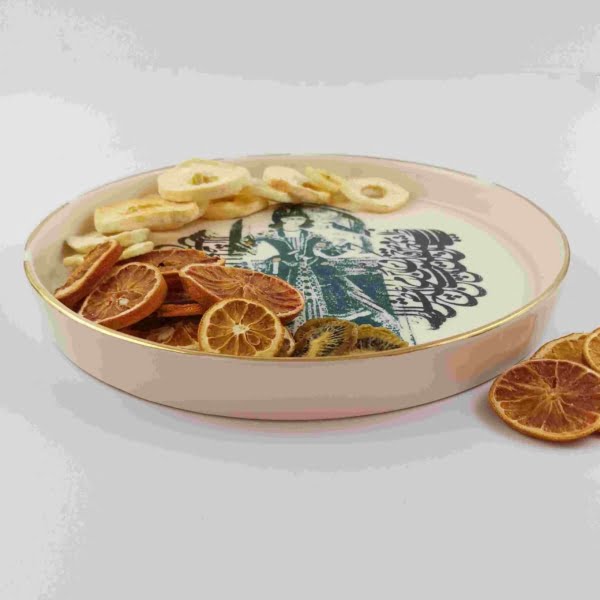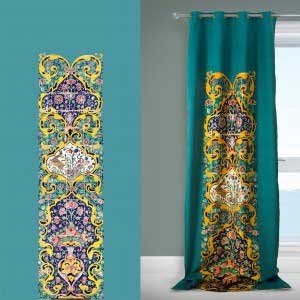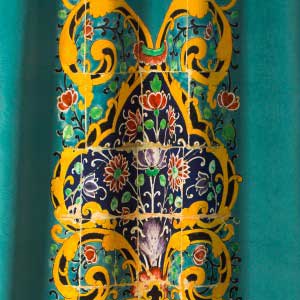Qajar
At Persis Collection, we are proud to offer an extensive selection of Qajar-inspired artworks and products. From authentic Haft-Sin sets to modern Qajar paintings and jewelry, we celebrate the timeless elegance of Persian art.
Dancing Khatun Norooz Haft Seen Set
Original price was: $225.28.$176.64Current price is: $176.64.Add to cartQajar Tile Design Curtain- 130 x 290cm
$84.48 – $104.96Select options This product has multiple variants. The options may be chosen on the product pageArt of Persian Calligraphy: The Legacy of Qajar Art and Culture
Immerse yourself in the beauty and elegance of Qajar art, a breathtaking blend of Persian tradition and Western influences. At Persis Collection, we bring you an exquisite selection of Qajar paintings, Persian jewelry, Haft Seen sets, and decorative tiles, celebrating the rich heritage of Qajar Iran. Our collection offers authentic Qajar-style masterpieces, available for worldwide delivery.
Qajar Era: The Golden Age of Iranian Visual and Decorative Arts
The Qajar dynasty, which ruled Iran from 1789 to 1925, was a defining era for its political and cultural transformations and its remarkable advancements in Persian art. This period saw the rise of Qajar painting, tilework, jewelry, and textiles, all of which continue to inspire contemporary artists. Whether in the form of Qajar plates, Haft Seen sets, or Persian calligraphy, these artistic expressions reflect the grandeur of the time and the exquisite craftsmanship of Iranian artisans.
Qajar Painting: A Fusion of Tradition and Innovation
Qajar painting flourished under the patronage of the royal court and aristocracy. Artists of this period mastered the art of depicting Persian nobility, creating stunning portraits that emphasized extravagant attire, luxurious jewelry, and regal postures. The distinctive features of Qajar paintings included large almond-shaped eyes, fine eyebrows, and elongated figures, which gave the artwork a dreamlike quality.
Royal portraits were a prominent theme in Qajar painting, with kings, nobles, and Qajar women appearing in highly detailed compositions. These paintings not only captured the opulence of the court but also reflected the social hierarchy of the time. Mythological and romantic themes were equally popular, with artists drawing inspiration from Persian love stories, historical legends, and nature. One of the most famous examples is the portrait of Fath-Ali Shah Qajar, which portrays the monarch adorned in magnificent robes and elaborate jewelry, highlighting the wealth and power of the Qajar court.
Decorative Arts of the Qajar Era: Elegance and Craftsmanship
Qajar Haft Seen Sets: Symbols of Persian New Year
One of the most remarkable artistic legacies of the Qajar period is the highly decorative Haft Seen set, which plays a central role in the Persian New Year (Nowruz) celebrations. These sets were crafted with exceptional skill using materials such as hand-painted ceramics, engraved copper, brass, and delicate glasswork. Each piece was adorned with intricate motifs, including floral patterns, Persian calligraphy, and miniature portraits of Qajar royalty.
The designs and craftsmanship of Qajar Haft Seen sets reflected the artistic excellence of the era. The use of turquoise blue, golden accents, and elaborate arabesque patterns gave these sets an unparalleled aesthetic appeal. Many of these artifacts are now housed in museums and private collections worldwide, a testament to their enduring beauty and historical significance.
Qajar Jewelry: Luxury and Royal Splendor
Jewelry played a vital role in Qajar fashion, with elaborate accessories worn by both men and women. Qajar women’s earrings, necklaces, tiaras, and rings were crafted from gold, silver, and enamel, often encrusted with precious gemstones such as emeralds, rubies, pearls, and diamonds. These dazzling ornaments symbolized status and wealth, with members of the royal family wearing some of the most extravagant pieces.
The Kiani Crown is one of the most iconic examples of Qajar royal jewelry. Encrusted with dazzling diamonds and meticulously designed, it remains a masterpiece of Persian craftsmanship. The elaborate filigree work and detailed enamel designs found in Qajar jewelry continue to inspire modern artisans, who seek to revive the elegance of this bygone era.
Architectural and Decorative Marvels of Qajar Iran
Qajar Tilework: A Masterpiece of Persian Architecture
One of the defining features of Qajar architecture is its stunning use of tilework, which can still be seen in the palaces, mosques, and historical buildings of Iran. These tiles, often decorated with floral and geometric patterns, depicted scenes from Persian mythology, historical narratives, and royal portraits. The vibrant colors, including cobalt blue, emerald green, and golden yellow, made Qajar tilework some of the most visually striking examples of Persian decorative art.
Golestan Palace, one of the most magnificent Qajar-era architectural landmarks, features breathtaking tilework that continues to captivate visitors. These exquisite tiles serve as a reminder of the artistic sophistication that flourished under the Qajar dynasty.
Qajar Coins and Metalwork
During the Qajar period, Persian coinage evolved into an art form, with finely engraved coins featuring the portraits of Qajar kings, intricate calligraphic designs, and decorative patterns. These coins are now highly valuable collectibles, sought after by historians and art enthusiasts alike. Persian metalwork also flourished during this era, with artisans creating elaborately designed plate sets, mirror frames, and ornamental objects that reflected the grandeur of Qajar art.
Where to Find Authentic Qajar Art for Sale?
For those looking to own a piece of Qajar heritage, the Persis Collection offers an exclusive selection of Qajar paintings for sale, alongside handcrafted Qajar jewelry, traditional Qajar plate sets, and beautifully designed Haft Seen sets. As the largest and most trusted online Persian shopping gallery, Persis Collection guarantees worldwide delivery, ensuring that lovers of Persian art can appreciate these timeless treasures no matter where they are.
Qajar FAQs:
- What is the meaning of Qajar?
The Qajar dynasty was a Persian royal dynasty that ruled Iran from 1789 to 1925, known for its contributions to art, culture, and modernization. - What is the gender of Princess Qajar?
Princess Qajar was female. She was a symbol of beauty and strength in Persian history and is often depicted in Qajar paintings. - What are Qajar paintings known for?
Qajar paintings are famous for their royal portraits, Persian mythology, and European-influenced techniques such as perspective and realism. - Where can I buy Qajar paintings for sale?
You can purchase authentic Qajar paintings from Persis Collection, the largest online Persian shopping gallery. - What kind of jewelry did Qajar women wear?
Qajar women wore earrings, necklaces, and rings crafted with gold, enamel, and precious gemstones such as rubies and pearls. - What is a Qajar Haft Seen set?
A Qajar Haft Seen set is a traditional Persian New Year (Nowruz) table setting decorated with calligraphy, floral motifs, and royal imagery. - What are Qajar tiles?
Qajar tiles are colorful Persian ceramic tiles featuring floral, geometric, and historical designs, used in palaces and mosques. - Are Qajar coins valuable?
Yes, Qajar coins are sought-after collectibles, featuring engraved portraits of Qajar kings and intricate Persian calligraphy. - What is Qajar art style?
Qajar art style blends Persian traditions with European influences, seen in paintings, jewelry, textiles, and tilework. - Does Persis Collection offer worldwide shipping?
Yes, Persis Collection is the most trusted online Persian shopping gallery, offering guaranteed worldwide delivery.






